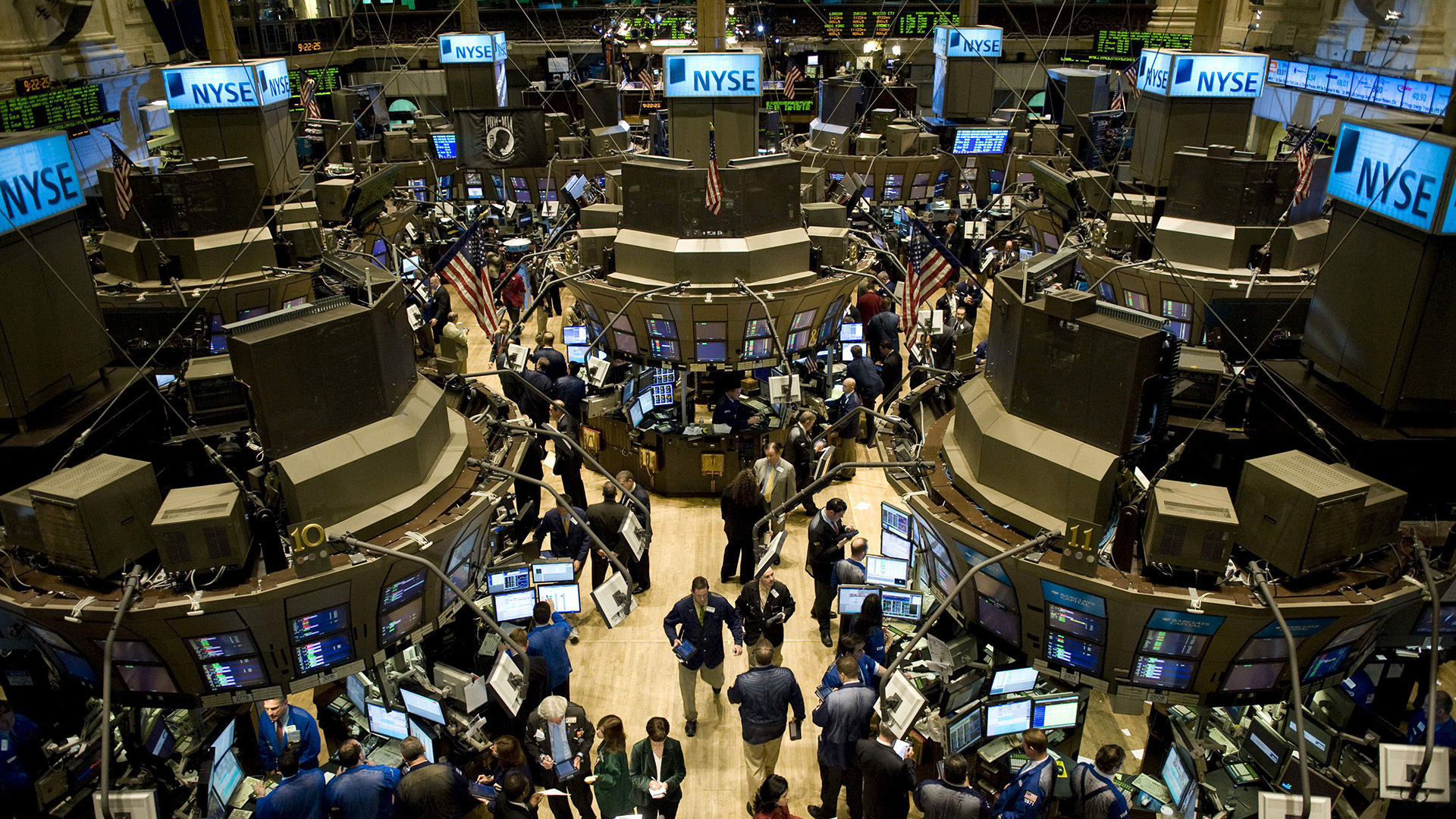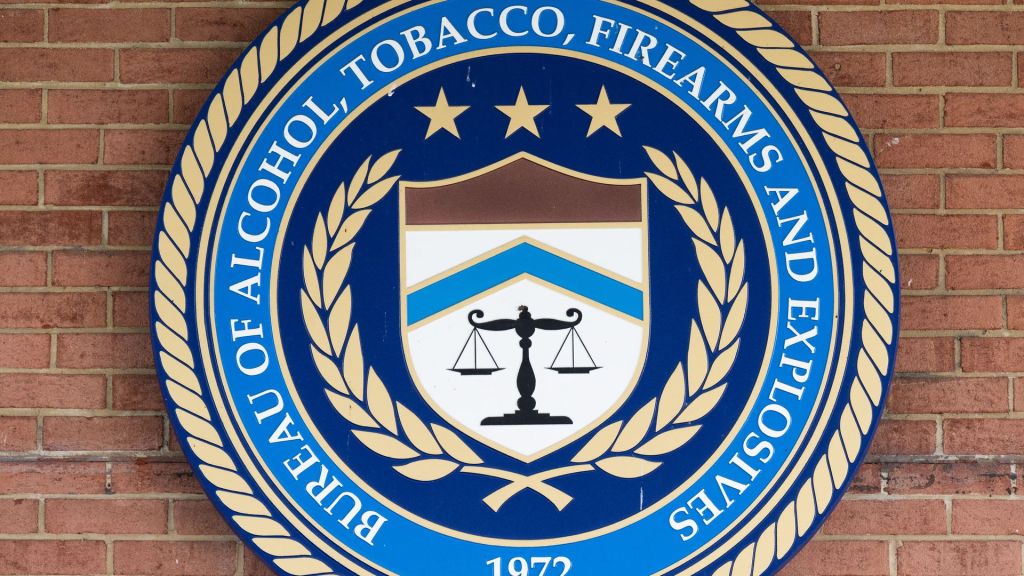
Simone Del Rosario: Doctors use stress tests to find out how well one’s heart works when pumping harder than normal. The Federal Reserve does the same for banks and this year’s health results will be released Wednesday after markets close.
After the 2008 financial crisis, the Fed determined it was a good idea to test how banks would hold up in the face of a severe global recession. Now, they run these stress tests annually on the nation’s biggest banks.
In this year’s fictional scenario, the unemployment rate peaks at 10%, which is what it peaked at during the Great Recession. Housing prices fall 36% and commercial real estate prices tank 40%. The largest banks are also subject to hypothetical global market shocks. In all, the Fed stress-tested 32 banks this year.
I want to bring in former Fed adviser and current CEO of QI Research, Danielle DiMartino Booth. And Danielle, just to set the stage here, before we get into all of this, why should the average American care about how banks perform on these tests?
Danielle DiMartino Booth: I think what’s critical is to not have too short of a memory. I realized that 2008, 2009, at this point we’re talking almost 20 years ago. But it was very disruptive to the U.S. economy when the banks in the country were lining up like dominoes, one after the other, and effectively failing and requiring bailouts of some semblance. It was extremely disruptive to the economy.
Credit to households and businesses was abruptly cut off. That is going to be a huge impairment whether you’re running a business or if you’re trying to buy a car. We’ve seen that a hacking exercise that really run amok with the nation’s automobile dealerships was enough to kind of bring auto to its knees.
A similar set of circumstances can certainly unfold if banks end up being weaker than what we think they are and lending comes to a halt.
Simone Del Rosario: How do you think banks are going to fare when we get the results on Wednesday?
Danielle DiMartino Booth: We really are talking about the nation’s 32 largest banks. And if you could carve out the largest four banks, they have been very aggressive in recognizing losses and actually going so far as to push through charge-offs for some of their more problematic commercial real estate loans. I think that that is going to leave the very biggest U.S. banks in a good position to pass these stress tests.
When it comes to some of the mid-sized banks, I would say that’s where things might get a little bit more treacherous because some of your smaller banks that are still, nonetheless, multi-billion-dollars-in-assets banks, some of them haven’t really had the wherewithal, the ability to be that aggressive with their write-offs. So we’re kind of in a wait-and-see mode there. And we’ll see what those stress tests look like for them.
Overall though, one of my greater concerns is credit cards. I think banks have been a little bit more aggressive, surprising me, as the U.S. consumer has weakened. So I’ll be interested to see how their credit card loan books fare in the aftermath of these stress tests.
Simone Del Rosario: What are you concerned about when it comes to credit cards?
Danielle DiMartino Booth: Banks continue to grow their credit card loan books long after they had really clamped down and stopped growing their automobile loan books. And if you think about it, they walk hand in hand. If somebody is going to have trouble paying on their car loan, in many cases, they’re also going to have trouble making good on their other obligations that are in the form of debt.
And yet banks continue to increase the size of their loan books as if this fairly new phenomena of “buy now, pay later” was not running in the background and racking up about a third of whatever we were seeing increases in credit card debt on a per month basis. Buy now pay later was increasing by about a third of that growth rate, yet it’s not reflected on bank balance sheets. It’s not reported to credit agencies.
And that was really what surprised me with banks becoming as aggressive as they have their first quarter bank call sheets. It looks like they finally may have taken a step back, a little bit more risk averse on that front. I’ll be anxious to see what the Fed has to say about their credit cards.
Simone Del Rosario: Banks have gotten a lot better at passing these stress tests. Do you think there’s a chance they are too backward-looking? Let’s hope we don’t repeat the mistakes that led to the 2008 financial crisis, but are we accounting enough for future risks that are more indicative of the time that we’re living in?
Danielle DiMartino Booth: Things indeed are different. I just mentioned buy now pay later, which certainly was not around 10, 15 years ago. And you’re right, driving through the rearview mirror can be very problematic, fighting the last war.
It remains to be seen where the true stress lies in the system. The fault lines have decidedly moved. We are a much more global and interconnected banking system than we were.
Prior to the pandemic, we heard a lot every day about de-globalization. But in the aftermath of the great financial crisis, there were a lot more entities, countries, banks, and firms internationally that took out debt that was dominated in dollars. And that’s just one example that I can think up of where we might not know where the stresses lie.
We just had a very large Japanese bank declare that it was going to be sustaining very large losses based on its holdings of U.S. Treasuries.
Simone Del Rosario: Separate from these stress tests, large banks also undergo living will exercises, which test how quickly the largest banks could unwind Wall Street contracts in the event of a catastrophe. Four of the eight largest banks fell short this time around. What does that tell us?
Danielle DiMartino Booth: That tells you that bankers are really being bankers. It is a bank’s business model to have as much of their capital deployed, working for the bank, making loans, growing the asset base. That is what banks do.
It does not necessarily surprise me to hear that they have failed in writing their own wills. They have shareholders that they have to look out for, and you would normally want to see something of the nature of a will be more of a back and forth, something that is apt to be negotiated after the fact until regulators are comfortable that banks are where they need to be.
But does it surprise me that banks have not been aggressive enough? Absolutely not.











